2020 - 1986
Boeing F/A-18 Hornet
Single- and two-seat, twin-engine strike fighter
LENGTH: 56 feet
WING SPAN: 40 feet, 4 inches
MAXIMUM SPEED: Mach 1.7 (1,304 mph)
Published August 5, 2022
After a two year hiatus, The Blue Angels are returning to Seattle for the Boeing Seafair Air Show Aug. 5-7 during which they'll fly a new combat jet: the F/A-18 Super Hornet. It's a larger version of the F/A-18 Hornet that the Blue Angels flew for the past 34 years. Both Hornets are twin-engine, supersonic, carrier-cable combat aircraft, but the Super Hornet has greater fuel storage and more powerful engines that produces 22,000 lbs/st of thrust, 4,300 more than the old Hornet’s engines. The Super Hornet can also fly 40% farther, remain on station 80% longer and carry up to 17,700 pounds of weapons; the Hornet can carry 14,000 pounds.

Single- and two-seat, twin-engine strike fighter
LENGTH: 60.3 feet
WING SPAN: 44 feet, 7 inches
MAXIMUM SPEED: Mach 1.8 (1,190 mph)
CRUISE SPEED: 777 mph
The Blue Angel F/A-18s are combat aircraft. The only modifications made to them are: Nose cannon removed, a smoke-oil tank installed and a spring installed on the stick for better formation and inverted flying. They can be made combat ready within 72 hours.
The Super Hornet aircraft can surpass the speed of sound, creating a sonic boom. The Blue Angels are not authorized to and do not exceed the speed of sound at an air show.
TOP AIR-SHOW SPEED: 700 mph
(just under Mach 1 for the Sneak Pass maneuver)
SLOWEST SPEED: about 120 mph
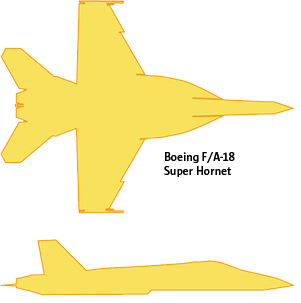
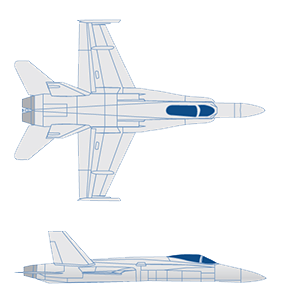
Single- and two-seat, twin-engine strike fighter
LENGTH: 56 feet
WING SPAN: 40 feet, 4 inches
MAXIMUM SPEED: Mach 1.7 (1,304 mph)
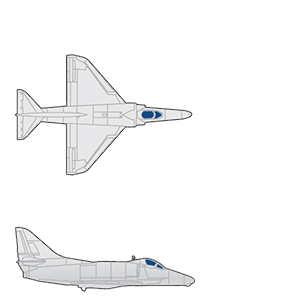
Single-seat, single-engine, subsonic, carrier-capable attack aircraft
LENGTH: 40 feet
WING SPAN: 27 feet, 5 inches
SPEED: 674 mph
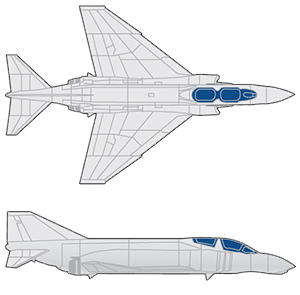
Two-seat, twin-engine, all-weather, carrier-capable fighter-bomber aircraft
LENGTH: 63 feet
WING SPAN: 38 feet, 4 inches
SPEED: Mach 2.23 (1,711 mph)
1970: The Blue Angels received a Lockheed Martin C-130. It became the team’s official chaperone, “Fat Albert.” The C-130 not only transports equipment, it has become the opening aerial act for the Blue Angels.
1972: The Blue Angels made their first Seafair appearance. They have returned regularly since, except for 1995, 2013, 2020 and 2021.
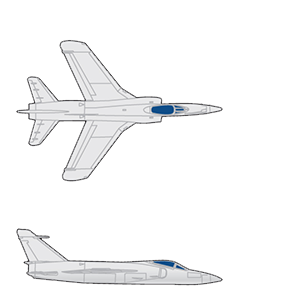
(1st supersonic jet)
Single-seat, single-engine, carrier-based fighter
LENGTH: 46 feet, 11 inches
WING SPAN: 31 feet, 7 inches
SPEED: Mach 1.1 (844 mph)
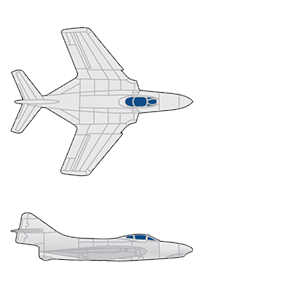
Single-seat, single-engine fighter
First swept-wing airplane flown by the Blue Angels
LENGTH: 42 feet, 2 inches
WING SPAN: 34 feet, 5 inches
SPEED: 647 mph
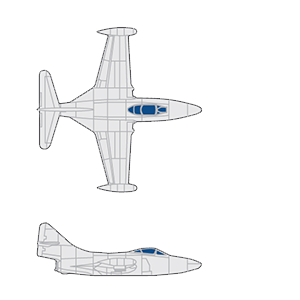
Single-seat, single-engine, carrier-basedfighter-bomber
LENGTH: 38 feet, 10 inches
WING SPAN: 38 feet
SPEED: 604 mph
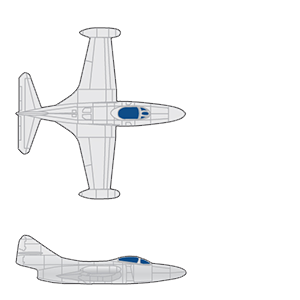
(1st successful U.S. carrier-based jet)
Single-seat, single-engine, carrier-based jet fighter
LENGTH: 37 feet, 5 inches
WING SPAN: 38 feet
SPEED: 575 mph
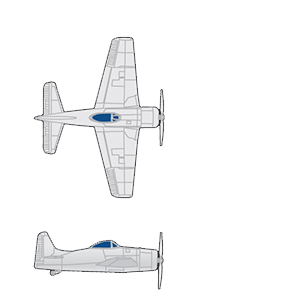
Single-seat, single-engine, prop-driven, carrier-based fighter
LENGTH: 28 feet, 3 inches
WING SPAN: 35 feet, 10 inches
SPEED: 421 mph
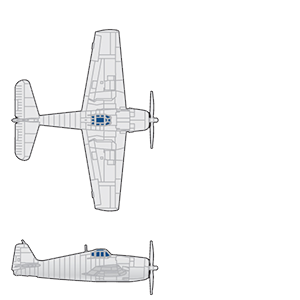
Single-seat, single-engine, prop-driven, carrier-based fighter
LENGTH: 33 feet, 7 inches
WING SPAN: 42 feet, 10 inches
SPEED: 376 mph
June 15, 1946: The United States Navy Flight Exhibition Team’s first demonstration show took place at Naval Air Station Jacksonville, Florida.
July 1946: The Navy Flight Exhibition Team was introduced as the “Blue Angels” at an airshow in Omaha, Nebraska.
